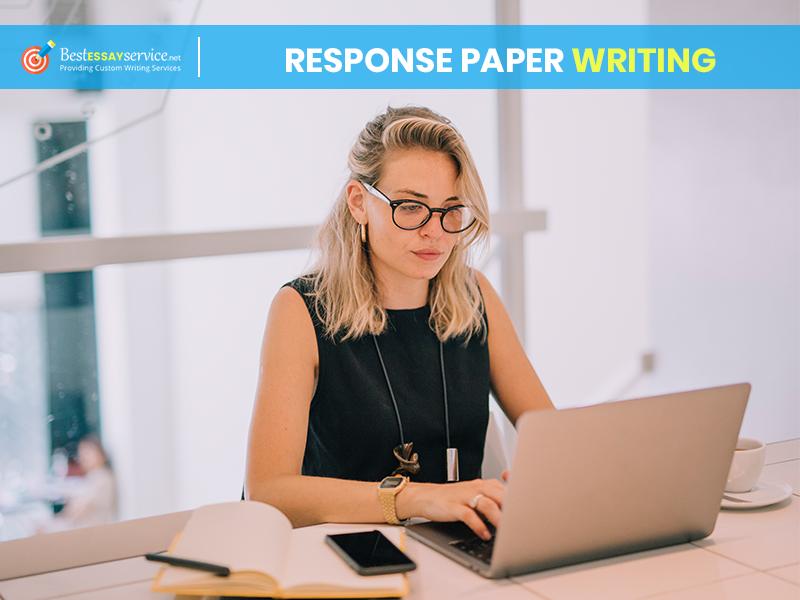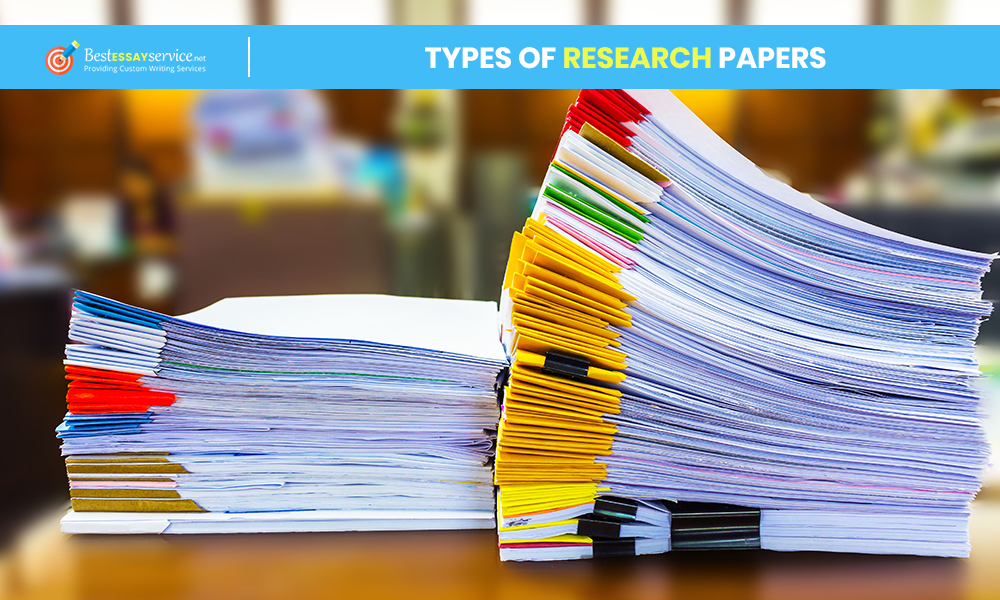

How to Write a Response Paper: The Basics
Many students have no idea how to write a response paper properly. This is because this assignment is more than dry research or plain description: writing a response paper requires the courage to voice one’s opinion and defend it with strong arguments. Besides, a certain structure has to be followed, as well as the professor’s specific comments. In order not to be swamped with all the aspects that need to be tackled, read our suggestions on how to write a good response paper.
What’s a Response Paper?
It is impossible to master something that you do not understand or cannot define. So what is a response paper? This kind of writing is aimed at reflecting on something that you have seen or read. In class, you will be given a task to watch some documentary, to attend a play, or to read a certain book, and write about your personal perception of the subject. Thus, you should talk about your own ideas, feelings and insights caused by the analyzed book or film, rather than retell its plot or describe its characters. In addition to expressing your response, you should also discuss what exactly contributed to your position, illustrating it with the examples from the analyzed material. Strongly agreeing or disagreeing with certain ideas, being shocked or frustrated, moved or elated – anything is appropriate, as response paper format calls for your unique point of view!
Before Writing
The process of forming your response to a certain subject of analysis starts when you first watch or read it. In order to make the writing process easier, use the following tips while familiarizing with the work for the first time:
- Take notes. Select the pieces of text or video that you think contain the key information. In addition, besides just writing out some quotes, note down your insights or emotions that occurred when you heard or read a particular idea. It is better to use a separate file or piece of paper for such notes.
- Question everything. Being a critical reader or viewer means not being carried away by the plot and always analyzing what and why is presented. To be more efficient in this task, you may ask yourself some of the following questions:
- What is the key problem highlighted by the author?
- What is the author’s personal position?
- Is there a thesis statement that determines the content?
- Which kind of discourse is used in this work? Why?
- What effect does the author wants to have on the audience?
- Which tools of emotional appeal are used in this work?
- Are there any unattended issues that the author did not manage to cover?
- What is the scientific/artistic/informational value of this work?
- Link this work to the ones with similar theme. There are many other films, books, plays etc. that highlighted the same problem. You can discuss how the work you are analyzing is competent with them, and how their ideas intervene.
- Find a good response paper example. Reading someone’s successful paper can be very resourceful for you, as you can notice certain tools and learn new approaches that you can use in your own work.
Response Paper Structure
Below are the basic elements of the response paper structure:
- Opening paragraph (general presentation of the subject and thesis statement);
- Body (several paragraphs, each for one idea and its discussion);
- Conclusion (the closing paragraph that shows your general impression).
Make sure to write out the quotes or main ideas of the material you respond to, in order to use them as illustrations for your arguments.
How to Start a Response Paper
Since the reader may not be familiar with the subject you respond to, it is necessary to present it at the beginning of your essay. Devote the first few sentences of your paper to the general information about the book/film, and state your main opinion regarding it in the last sentence of the opening paragraph.
Remember that the introduction should invite the audience to keep reading, so use wit or other tools to make it catchy and engaging.
Nailing the Body Part
How do you write a response paper once the introduction is ready? Ideally, before composing the essay, you write out the main ideas you would like to express in your work, and narrow them down to 3-5 main insights. They will serve as an outline for your paper: include one idea in every paragraph of the essay body, completing it with supporting sentences and illustrations from the source of focus. This format is referred to as “block response” and is the most widely used.
As an option, you can stick to the mixed response format. In this case, all your ideas and theses are provided in one paragraph, and discussed and developed in the consequent paragraphs. Such construction of your essay requires a certain level of mastership and skill of presenting the discourse.
Besides this classic approach to composing the body of your paper, you should be guided by the response paper rubric if such was provided by your instructor. It may contain additional requirements or points to focus on.
Closing Your Essay
The main requirement to the conclusive part of your essay is to summarize the ideas you mentioned and provide your one general impression of the work you are responding to. The last paragraph of your paper should contain 6-7 sentences, and it should be coherent with the last sentence of your introduction (thesis statement). Even if you need to summarize many points, try to keep the conclusion clear, concise and logical.
Show Creativity!
Even if you have no idea how to write a response paper in college, you can do it by using the tips provided above. Using a response paper sample can be helpful; however, do not follow it too closely and show your own creative skills. After all, a response paper is all about your own perception and reflection. That is why, embark on adding your individuality to the essay, and it will pay off with the decent grades!


